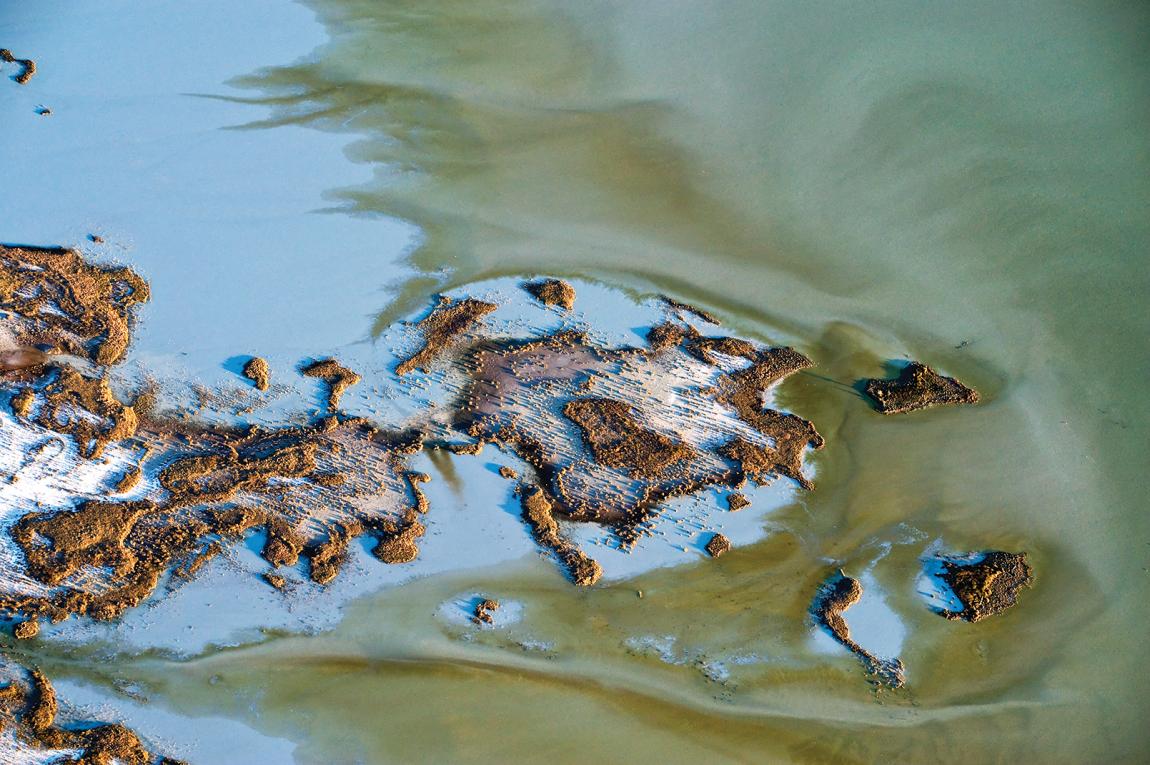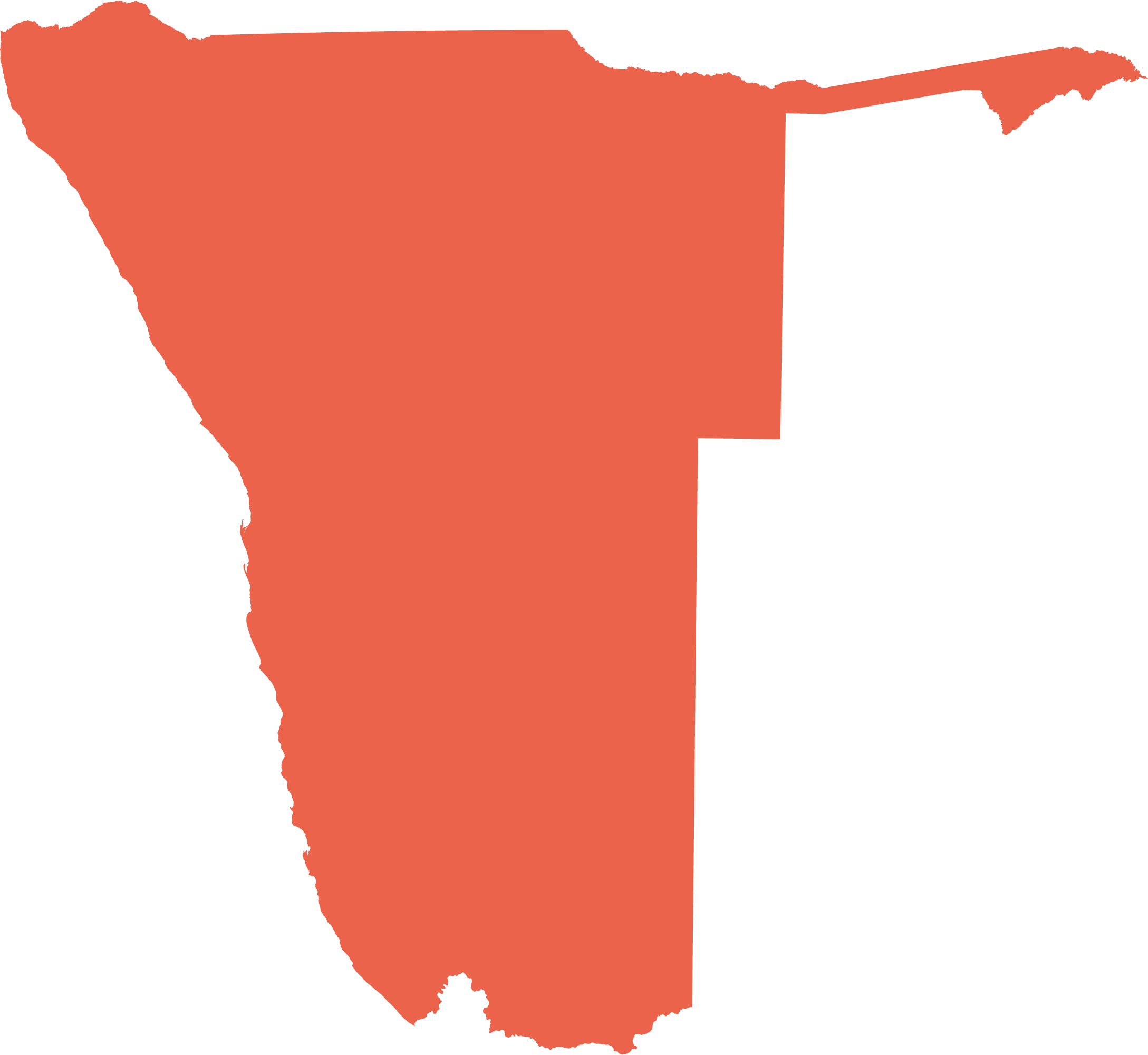Foreword
If you want to obtain a broad understanding of Namibia and what makes it tick, this new Atlas is the book for you. It is an outstanding and comprehensive compendium about the country. Every household should have a copy, there should be many copies in every library in the country, and it should be available in reference libraries all over the world. Apart from being a valuable reference to every Namibian, this atlas will provide investors with the starting point to understanding Namibia.
Expanding on the atlas of Namibia produced in 2002, this atlas has 11 chapters and twice as many pages. Data have been updated and sections on water, soils, vegetation, wildlife and socioeconomics have developed into individual chapters. Each chapter ends with a useful summary of key points, and endnotes lead the reader and researcher to more detailed publications. This has been possible through the contributions of over 40 team members, each a specialist in their field, and through consultation with and the assistance of numerous other experts. Contributions large and small were then crafted together by a handful of compiling authors.
The product is an atlas that reveals how nature and people have adapted to Namibia's contrasting landscapes and its range of climates – from the hyper-arid Namib Desert in the west to semi-arid, broadleaf woodlands and lush riparian vegetation in the northeast. It illustrates that even the Namib is an area of great variety, from its grass- and shrub-dominated southern area to its extensive central Namib Sand Sea and its plains, mountains and dune fields further north, all the dissected by westward-flowing rivers that form linear oases. Surface flows in these and other inland ephemeral rivers contrast markedly with the country's perennial border rivers. Significant, but erratic rainfall, is limited largely to four summer months. Consequently much of the country, and the rural economy in particular, relies totally on groundwater.
This atlas offers a collection of maps, charts and images that illustrate aspects of aridity to zebras in Zambezi; annual averages and long- and short-term variations; and contrasts and convergences. Fresh and interesting topics are tackled, including our historical heritage and the meaning of place names, indigenous plant products and wildlife migrations, and our happiness. Critically, attention has also been given to Namibia's marine environment, livelihoods and land, species diversity and habitat loss, resource economics and management, human–wildlife conflict, and climate change, and much more.
Over the past 20 years, I regularly used the earlier Atlas of Namibia in my work; I'm sure I will find even greater use for this one. I would like to congratulate the authors and all the contributors for their dedication and perseverance in bringing to fruition an outstanding reference work that will be their legacy for decades to come.
Roy Miller
Chairman of the Board of Trustees of the Namibia Nature Foundation

Photo: P Lambrecht

